- CALL US TODAY+91-999 998 9301
- MAIL US TODAYinfo@rajdhanialloys.com
Lining and Foundry Products
- Unexpanded Perlite Ore
- Vermiculite
- Basic Ramming Mass
- Chromite Sand
- Iron Powder
Unexpanded Perlite Ore
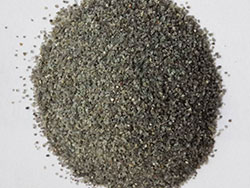
Uses:
- 8-12 mesh, 12-18 mesh, 18-20 mesh perlite sand after expansion can be as insulation, thermal insulation material widely used in construction.
- 20-50 mesh, 30-50 mesh perlite sand by the expansion of steel can be used as a cover agent, deslagging agents.
- 50-70 mesh,70-90 mesh,90-120 mesh perlite sand can be as expansive as the pharmaceutical agents and use of filtering low-temperature oxygen tank with insulation.
| # | ||||
|---|---|---|---|---|
| Loss on Ignition | SiO2 | Al2O3 | Fe2O3 | TiO2 | CaO | MgO | Na2O | Na2O |
| 3.5 - 4.0 | 75 | 14 | 1 | 0.2 | 1 | 0.5 | 3 | 2 |
Vermiculite
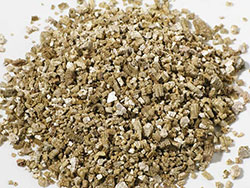
Vermiculite is a hydrous phyllosilicate mineral. It undergoes significant expansion when heated. Exfoliation occurs when the mineral is heated sufficiently, and the effect is routinely produced in commercial furnaces. Vermiculite is formed by weathering or hydrothermal alteration of biotite or phlogopite. Large commercial vermiculite mines currently exist in Russia, South Africa, China, and Brazil. Vermiculite was first described in 1899 for an occurrence in Millbury, Massachusetts. Its name is from Latin vermiculare, to breed worms, for the manner in which it exfoliates when heated. It typically occurs as an alteration product at the contact between felsic and mafic or ultramafic rocks such as pyroxenites and dunites. It also occurs in carbonatites and metamorphosed magnesium rich limestone. Associated mineral phases include: corundum, apatite, serpentine and talc. It occurs interlayered with chlorite, biotite and phlogopite.
Basic Ramming Mass
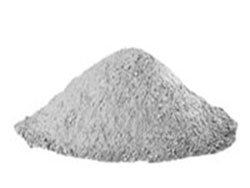
- Physical Properties
- Dry Density - 2.8 g /cc, Linear Change - 0.01%
- MOR - 55 MPa at 110oC/24hr & 50 Mpa at 1550°C/3hr
| # | ||||
|---|---|---|---|---|
| Alumina Al2O3 | Magnese Oxide MgO | Silica SiO2 | Ferric Oxide Fe2O3 | Chromium Oxide Cr2O3 | Zircone ZrO2 |
| 3.00% | 76.50% | 6.50% | 2.00% | 9.90% | 2.10% |
Chromite Sand
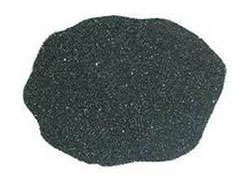
- Grade (S)
- Grade (S)
- Cr203-46%min, Si02-0.92%max, CaO-0.13%,
- FeO-26%, A1203-15.2%, Cr:Fe — 1.5%rmin
Iron Powder
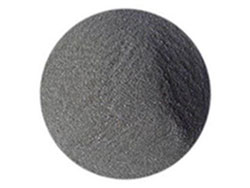
Chemical Name:
Iron
Chemical Formula:
Fe
Synonyms:
Iron metal powder, Iron powder, Fe, CAS# 7439-89-6, Carbonyl iron powder, Fe, CAS# 13463-40-6, Cast iron powder; CAS# 7439-89-6; Sponge iron powder, Fe, Iron filings, Iron dust, Atomized iron powder, Spherical iron powder, Iron powder, Iron dust, Ancor en 80/150; Carbonyl iron; EFV 250/400; EO 5A; Ferrovac E; GS 6; Iron fulleride (FeC2O); LOHA; Micropowder R 2430; NC 100; FERRUM; Remko; Ancor B, Ancor 80/150, Iron monocation, Iron powder, Iron, elemental, ATW 230, ATW 432, Hoeganaes ATW 230
Chemical Properties:
99% to 99.95%
Physical Properties:
a) Almost all sizes & shapes along with powder granulation down to nano particles
b) Water atomized, flake, chip, sponge, spherical, irregular, nanoparticles.
- Grade (S)
- Fe-99%, C-0.1% max, S-0.01% max,
- P-0.04%max, Mn -Traces

